Media | Articles
Track Review: 2022 Porsche 911 GT3 (PDK)
As the squat yellow streak storms down the front straight, the air fills with a manic wail. The sound screams race car. Behind fat fenders and 21-inch rear wheels is that swan-neck rear wing, which wouldn’t look out of place on a Le Mans prototype. Yet underneath sits . . . a license plate.
Despite the genuine motorsport elements baked in, the 2022 Porsche 911 GT3 is designed for street use. It’s tractable and practical on the road, and on a track, it’s like nothing else. And while road-car claims to racing fame are often tenuous, the $163,750 GT3 presents a better case than most, a connection to a meaningful legacy.
The name launched in 1999, on a track-weapon variant of the 996-chassis Porsche 911. GT3s soon went racing around the globe in both amateur and professional events. At the outset, the model was truly hardcore—a loud and uncomfortable machine bought by serious people for serious use.
We are now in the fourth major generation of GT3. After 996 came 997, then 991, then today’s 992. Like the 997 and 991, the current model, unveiled in 2021, is more livable and approachable than the last. Yet it still feels like a race car, with blistering track pace and instant response. There is so much visceral feedback—intense noise, a mighty stiff suspension, aggressive brake bite. You even get reduced sound deadening and lightweight glass. The interior is typical Porsche GT car, which is to say, ergonomically excellent but hardly luxurious. The optional carbon-fiber bucket seats ($5900) are super supportive but a little taxing in ordinary driving. A sub-3200 pound curb weight helps lend agility, and the 9000-rpm redline gives a rawness rare in a modern vehicle.
Whether this all-things-to-all-customers approach is improvement or dilution depends on your perspective. I’ve driven a number of 911s both new and old but have no stake in this debate. Nor did Hagerty senior editor Eddy Eckart and road test editor Alejandro Della Torre—both accomplished club racers—when they joined me, and a new GT3, at two southeast Michigan circuits last year.
Marketplace
Buy and sell classics with confidence
The road courses at Waterford Hills and M1 Concourse are relatively small for a car this potent but still technical and entertaining. Eckart and Della Torre are each active SCCA Spec Miata racers with high-speed seat time in a variety of machines. I’ve been writing about and track-testing new cars for nine years. We reckoned our different skill sets would give useful perspective, so we didn’t worry about our test’s lack of 130-mph corners.
And really, that manic wail dominates the experience anywhere you go. At 4.0 liters, 502 hp, and 346 lb-ft of torque, the GT3’s naturally aspirated flat-six is majestic. Sharing much with Porsche’s GT3 Cup race car, this engine is the only nonturbo example available on a new 911. It is potent but far from the strongest in its class, nor is the GT3’s 3.2-second 0–60 time quicker than a new Corvette Stingray’s.
Not that you buy this car for the numbers. You don’t just hear that 9000-rpm crescendo, you feel it, waves bouncing off the base of your skull. That mechanical orchestra between the rear wheels fills the cabin with vibration. Six throttles yield outstanding response, and while the Porsche is happiest run hard—peak power is a sky-high 8400 rpm—it still builds thrust beautifully from idle. “Purposeful, linear power,” Della Torre said. “Feels fast all the time, and that doesn’t get old.”
Another anomaly in the supercar world is the GT3’s available six-speed manual, a no-cost option. Our Racing Yellow test vehicle, however, came equipped with Porsche’s seven-speed PDK dual-clutch automatic. Most current Porsches use an eight-speed PDK, but the GT3 saves 44 pounds by losing the eighth ratio. “Gear changes have a distinctly mechanical feel, more so than in other Porsches,” Eckart said. “Still an easy and familiar gearbox that provides the driver a sense of control.”
One bonus of the PDK-equipped GT3 is how it enjoys a more traditionally shaped shift lever, replacing the standard Carrera’s awkward (and cheap-feeling) “nubbin” switch. The transmission is hyper-crisp in full automatic mode, and manual gear selection via the steering-wheel paddles seems to produce an even more pronounced shift character. Della Torre: “It’s harsher, like how people imagine race cars shifting. It lies to you about having straight-cut gears.”
At Waterford, we each spent time in that manual mode at least once a lap, short-shifting on the back straight. The reason tells you two things about the GT3’s personality: First, lower revs helped the car settle and flow more easily into the next corner, a relatively quick 90-degree right. But Waterford also enforces a strict 75-decibel sound limit. At full blast, the GT3 blows well above 90 dB. The track does not usually have this issue with street vehicles, but most street vehicles don’t have that wail.
The racing link continues with the suspension. Every previous GT3 used MacPherson struts up front. The 992 has a new double-wishbone setup whose basic components are shared with the aforementioned GT3 Cup car. An additional 1.9 inches of front track improves stability under lateral load and also increases steering response.
“Very controllable,” observed Eckart, after dancing the Porsche around M1 Concourse’s high-speed right-hander. “One of the easier, more satisfying road cars in terms of feeding and manipulating the chassis at the limit of adhesion. And at the same time, you know the car has more to give.”
This combination of supple steering, sharp response, and eternal composure is remarkable, and it’s been a GT3 hallmark since the 997. You feel very much in the center of the car, aware of its balance and able to make subtle midcorner adjustments without unsettling the chassis.
Because rear-engine cars carry so much of their mass so far aft, they have unique natural handling tendencies. The 911, including the GT3, employs several creative solutions to smooth over some of them. Chief among those solutions are electrohydraulic motor mounts, able to stiffen at a moment’s notice to reduce engine movement, then go softer to reduce harshness in normal driving. There’s also rear-wheel steering, to improve maneuverability without sacrificing stability at speed.
This duality irks some Porsche purists. They believe a 911 like this should be only be for those of extreme talent. That’s a matter of opinion, but either way, the GT3 still takes skill to go quickly. After a while, I feel like I’m getting the hang of it, but Della Torre, a seasoned driving instructor, rides shotgun for a bit and opens my eyes. He encourages me to better utilize the curbing, to help the car pivot: “Trail brake it like a go-kart. The rear end will slide, but it won’t settle violently.”
Sure enough, I try his method on the next few laps and take advantage of the car’s willingness to rotate. It lets me add throttle sooner on corner exit and pick up a few miles per hour on the next straight. Stunning grip and predictable breakaway from our test car’s optional Michelin Pilot Sport Cup 2 tires certainly helped.
“Jumping on the flying trapeze is a lot of fun, and almost everybody can benefit from a safety net,” Della Torre said. Like every modern car, the Porsche has those nets—electronic stability and traction control—but the company’s engineers really excel in programming them to work under the radar. In the instances where stability control corrected my errors, it upset neither me nor the car.
The optional carbon-ceramic brakes ($9210) in particular provided immense confidence. (For nine grand, one should hope so.) Over hours of hard lapping, the pedal maintained consistent firmness and response. Full-stomp stops were as controllable as gentle brushes to trim speed, and even on the street, when cold, the brakes weren’t temperamental or grabby. The standard cast-iron rotors likely feel a bit more natural, but the carbon discs weigh about half as much.
Developing a sports car that can both flatter and thrill is a challenging needle to thread. It’s an especially difficult task with a car like the GT3, which must feel distinct enough from lesser 911 models to justify its high base price. It’s also worth remembering that expensive options and dealer markup can easily stretch the Porsche’s out-the-door price beyond $200,000. Still, for that money, you get advanced aerodynamics and a highly adjustable chassis. Porsche set up our test car in its recommended track configuration—adjustments to the suspension but also to the front spoiler lip, the front diffuser, and the rear wing. One could happily own this car as a mountain-road plaything and never monkey with those settings, but it’s nice to know you can.
In the GT3 owner’s manual, Porsche explicitly states that the car should not be driven on public roads when chassis and aero are set for the track. Regardless, our test car was delivered to our office, like any other manufacturer loaner vehicle, so we treated it as such.
With that caveat in mind, a few notes: The engine’s cold-start shout sends stray neighborhood cats running for cover. Pace on a semi-bumpy back road is downright extreme, video-game fast, with the suspension constantly telling you what’s going on and the steering wheel requiring frequent corrections. First gear tops out at 59 mph, which means you’re breaking the speed limit before your first shift.
It all comes off as engaging, a car that must be driven with focus. Fun, and then, after an hour or two, draining. For a road trip, or for commuting, most people would be happier with the current 911 GTS, which offers nearly as much real-world speed, a calmer personality, and many of the same features (big brakes, rear-wheel steering, carbon seats, to name a few).
With the GTS, however, you never experience that same feeling of taming a live wire.
The GT3 is memorable in a way that other modern 911s are not. It has an edge but doesn’t want to cut you. Most important, Porsche’s most hardcore 911 offers a sense of meeting the driver wherever they are. It flatters you just enough to let you safely find your limit, then gives enough clear feedback to show that you’ve reached it. Whether you’re a total novice, a casual track rat, or an experienced racer, you’ll be entertained and challenged.
If all you want is a flashy, loud Porsche 911 with trump-card bragging rights, the GT3 will abide. But if you want to establish a complex relationship with a modern supercar, with a machine that seems to evolve and deepen as you grow as a driver, there’s only one answer. The sound it makes is just gravy.
***
2022 Porsche 911 GT3 (PDK)
Price: $163,750 / $186,660 (base / as-tested)
Highs: Unparalleled engine sound and reflexes. Approachable for novices, layered with depth and complexity for experts.
Lows: Everything feels dialed up to 11, which is fine for short bursts but becomes onerous on longer stints. Huge demand for a limited supply means the line to get one (and the markup) can be bonkers.
Takeaway: About as good of a driver’s car as exists in the modern supercar space, and you don’t have to be an SCCA member to enjoy it. And that’s either why you’ll love the GT3 to bits or dismiss it out of hand.

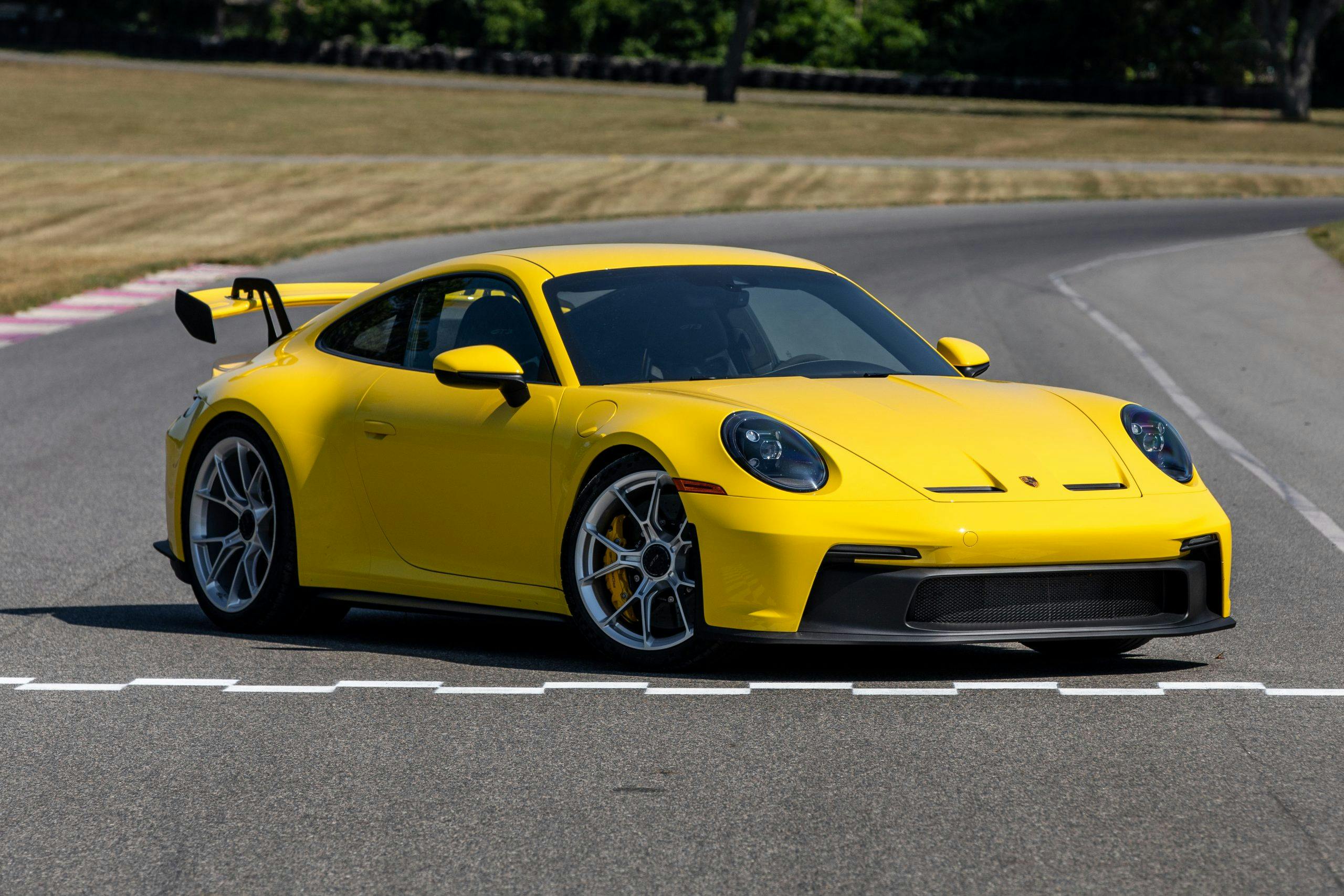
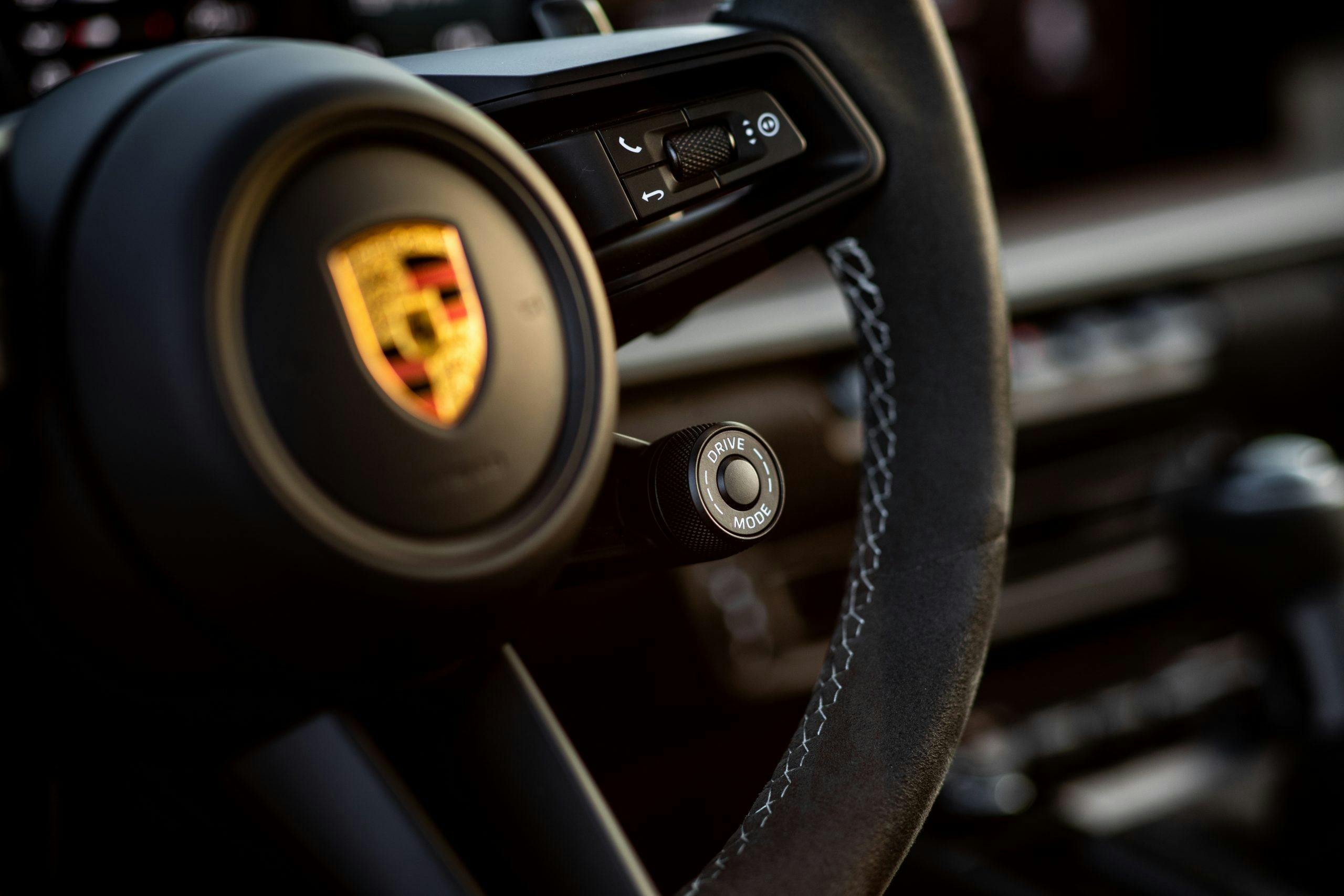





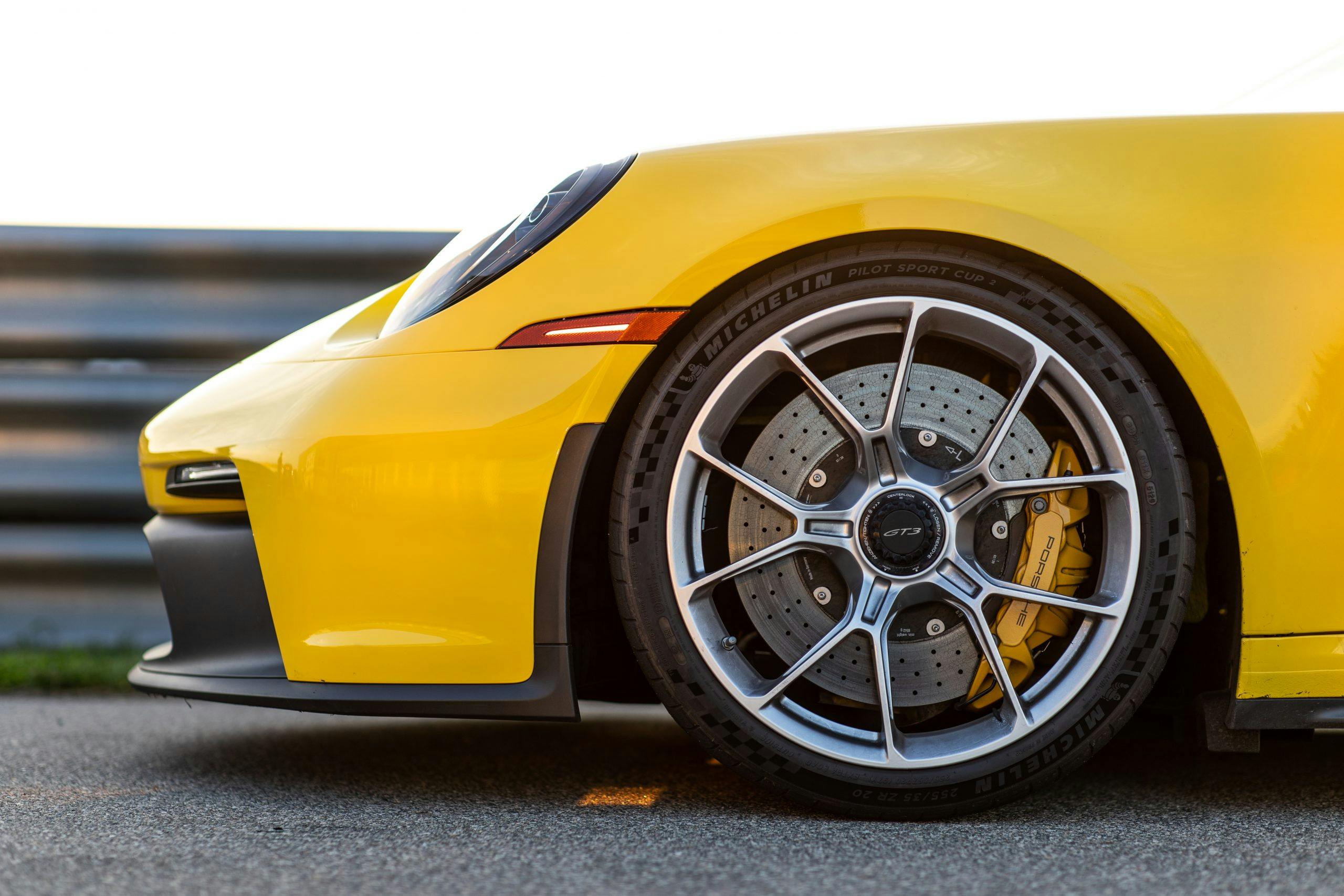
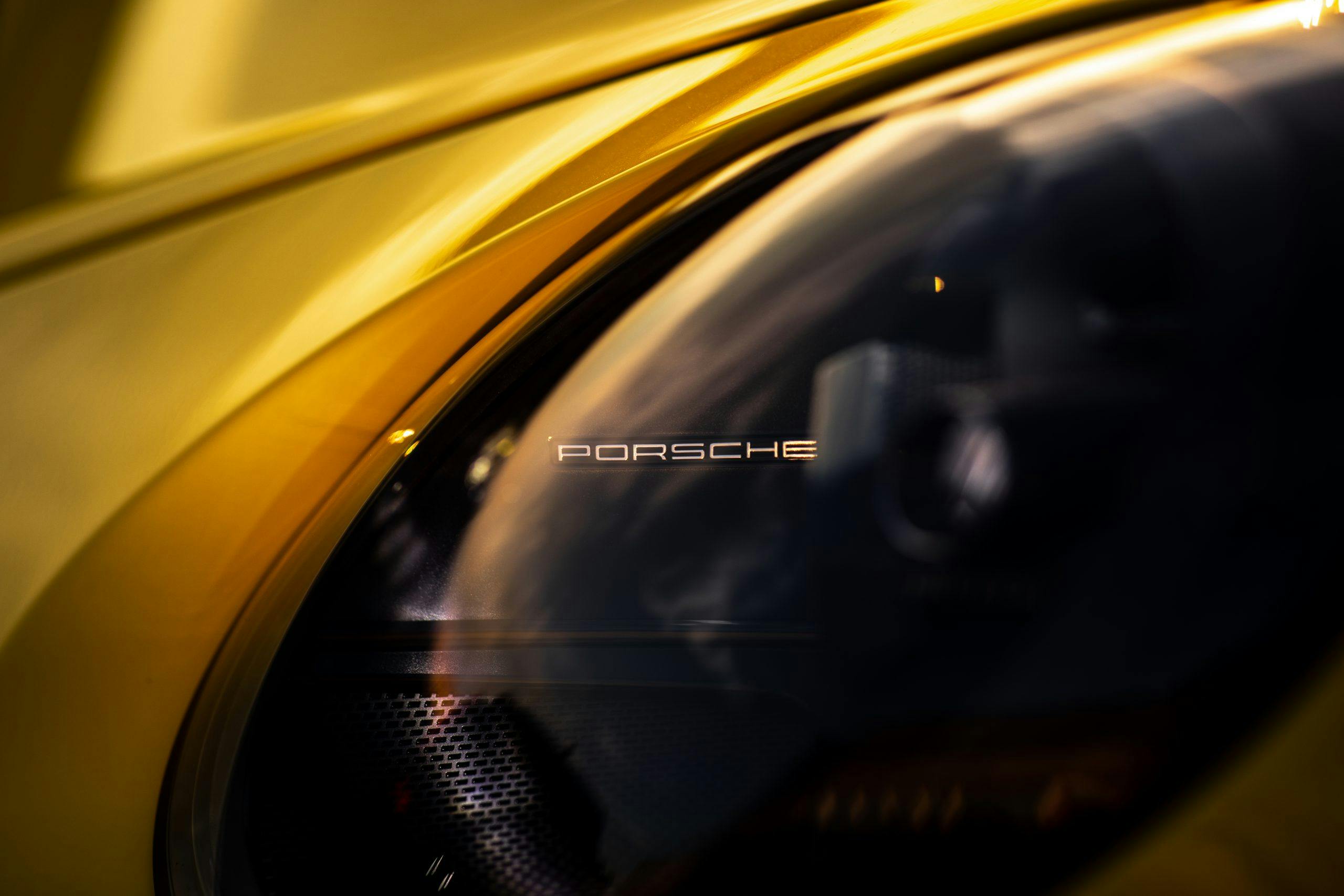
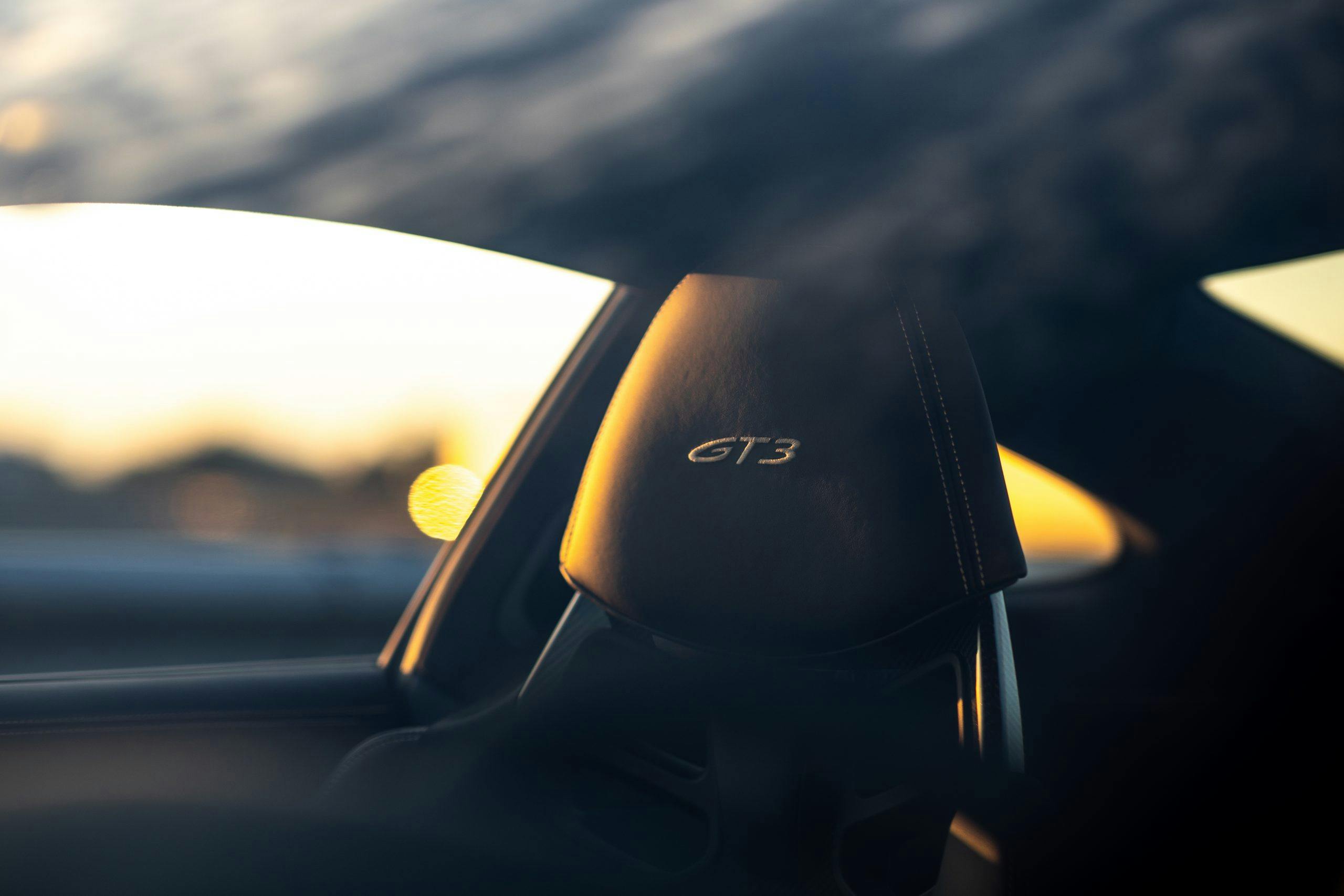
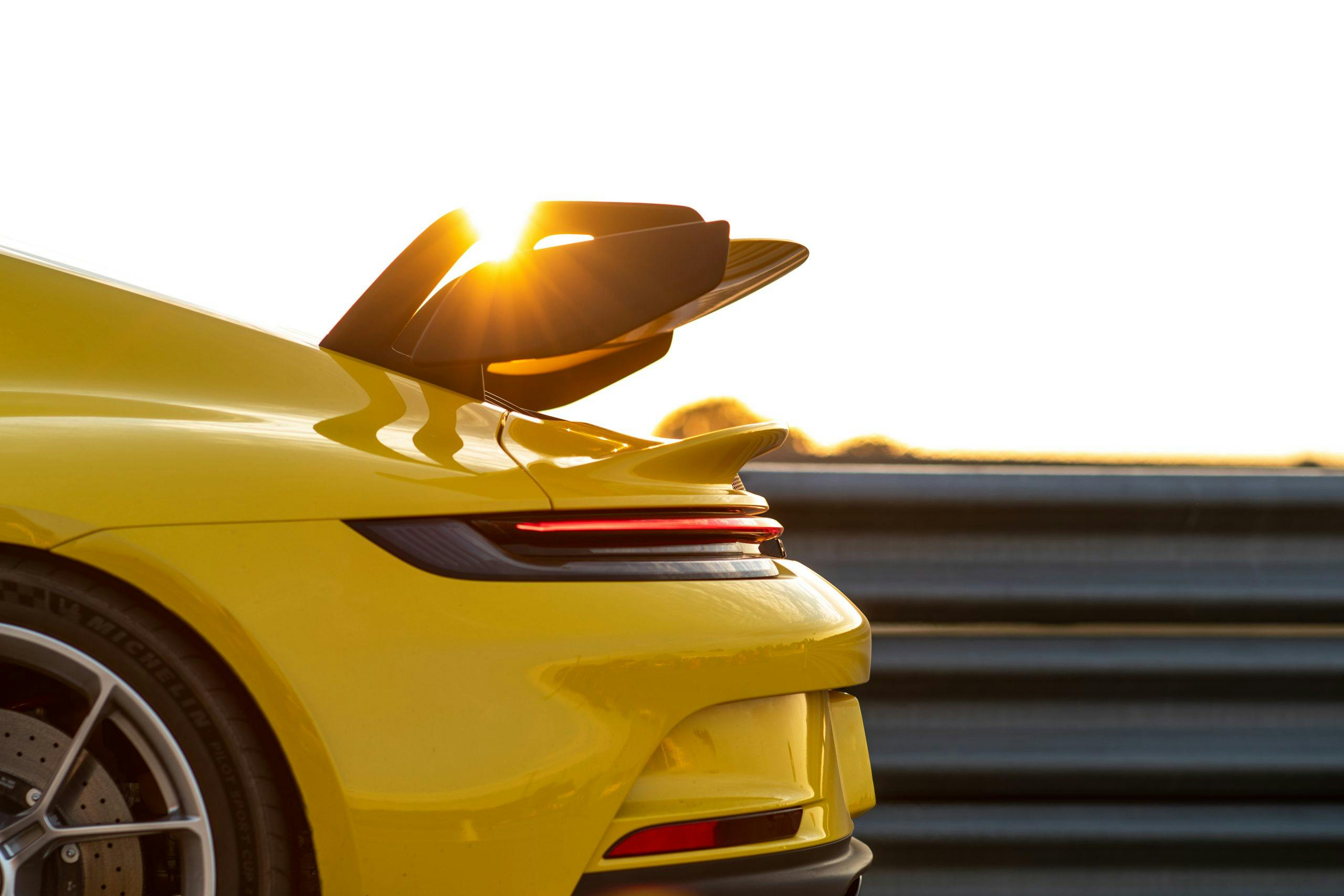


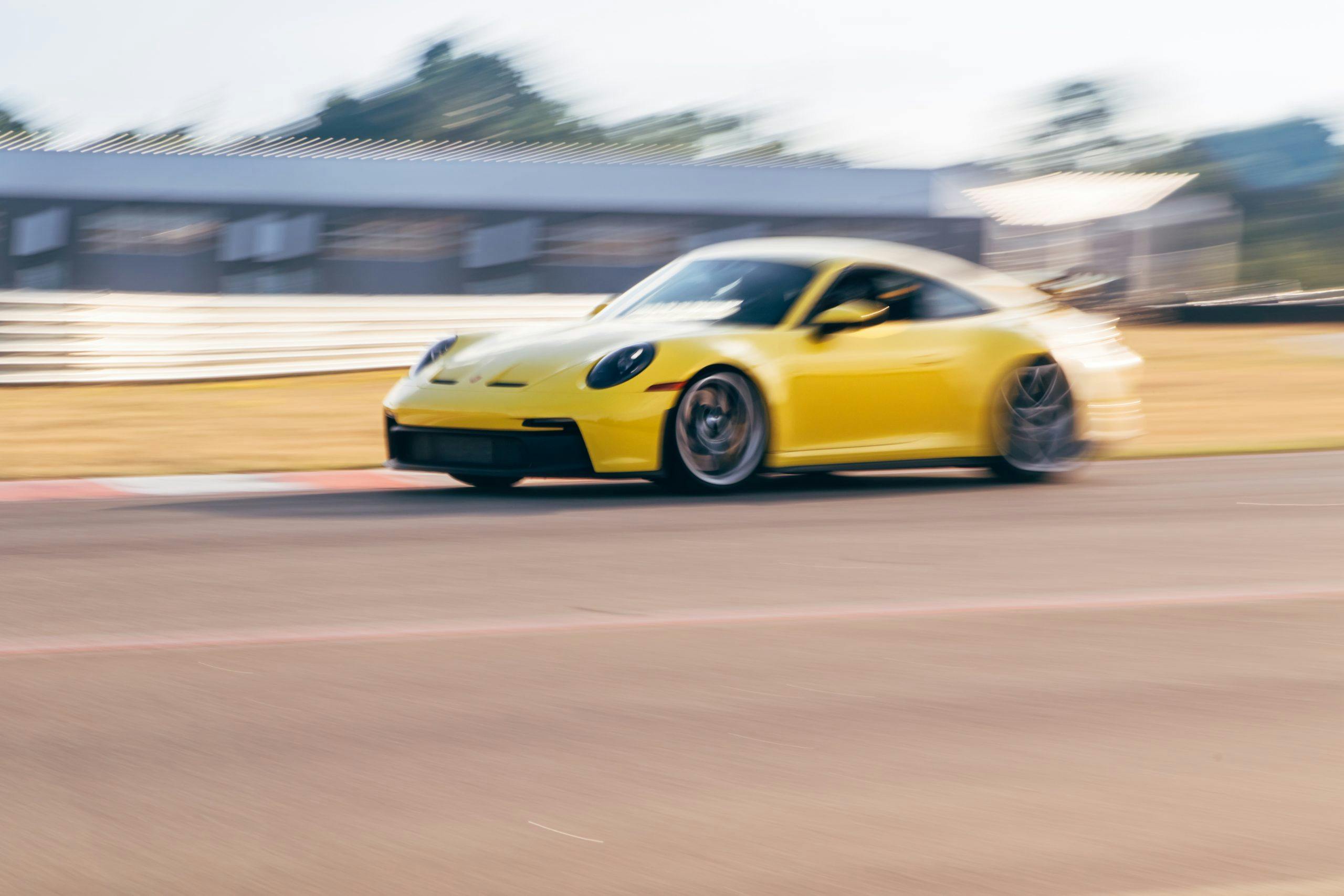

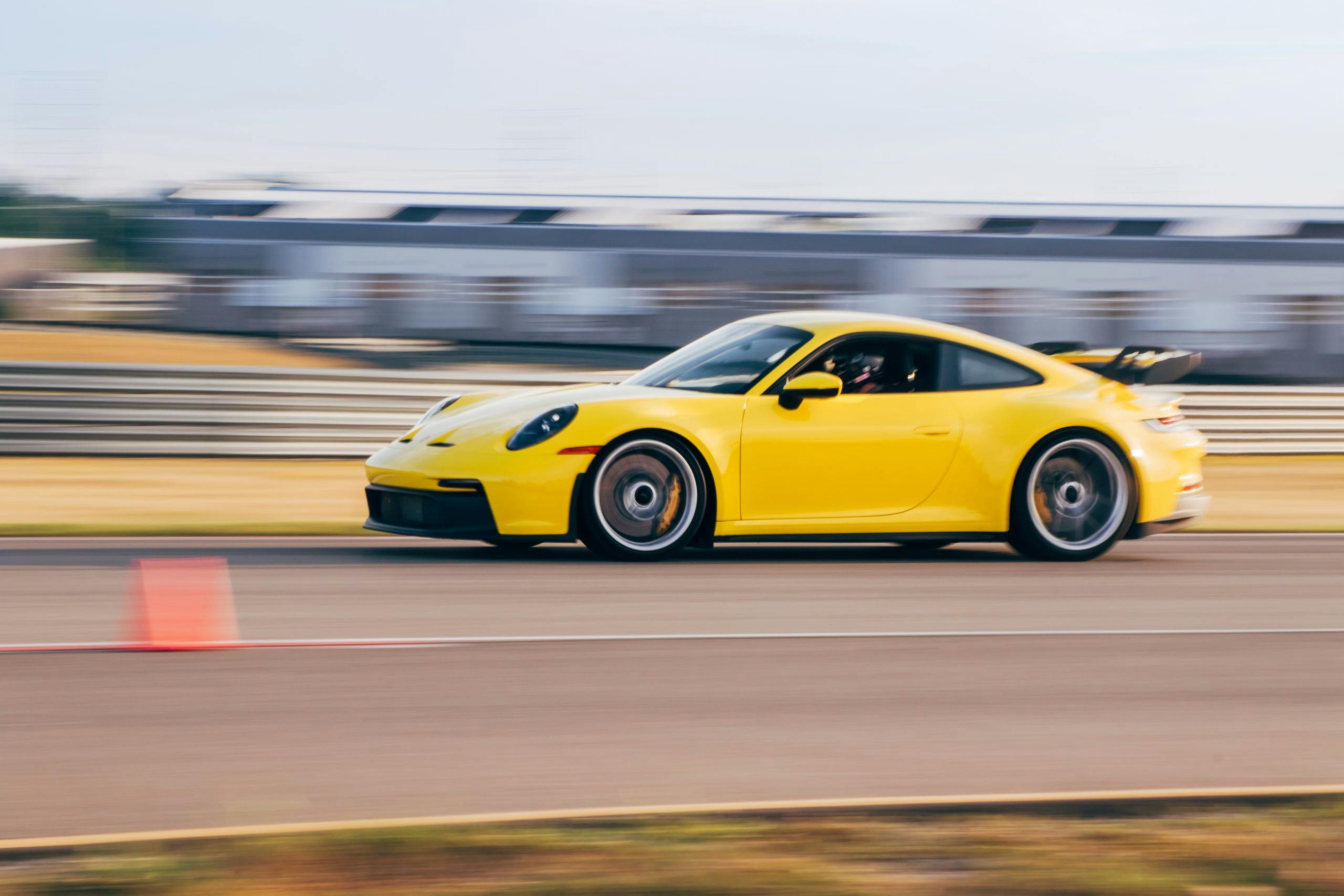

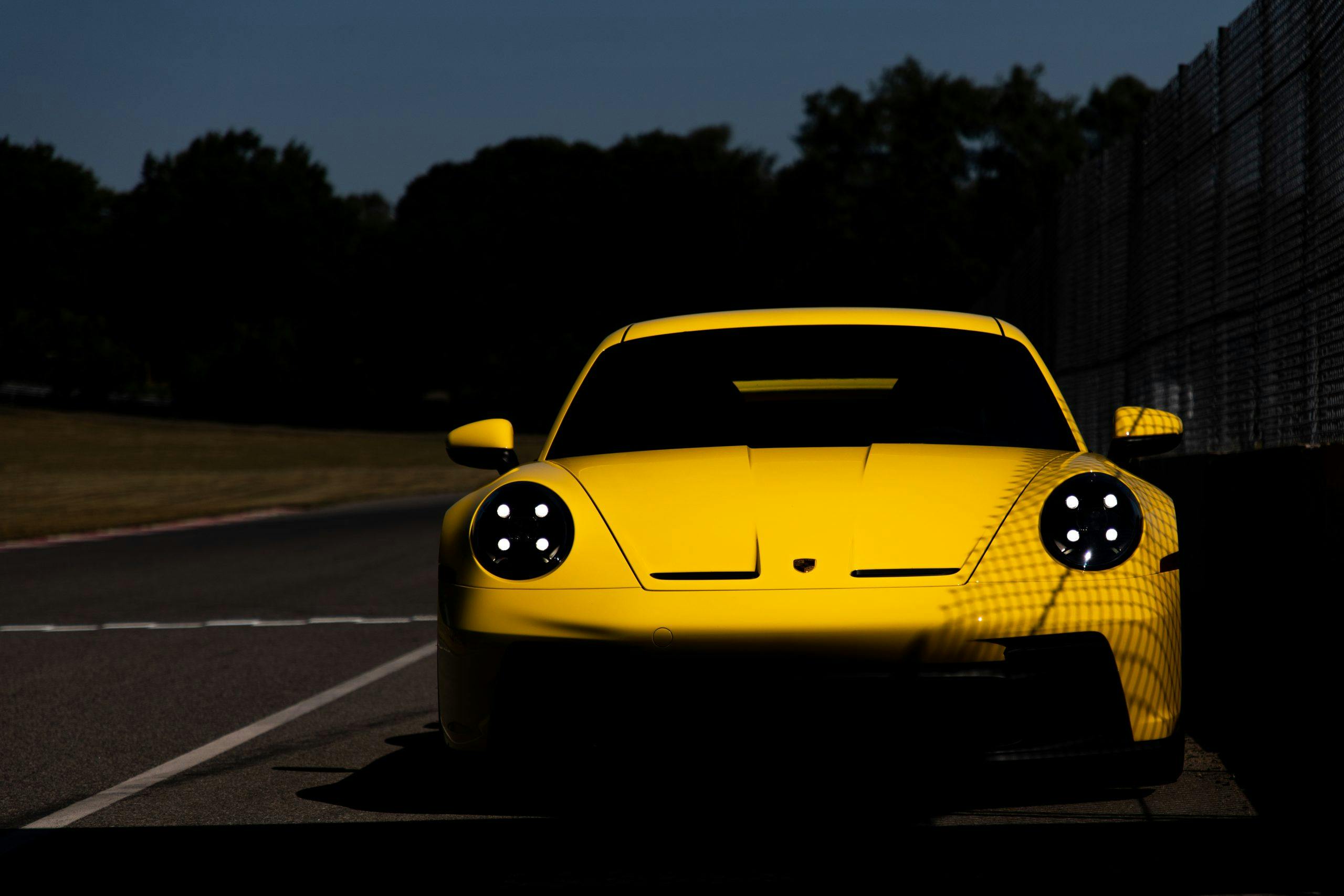
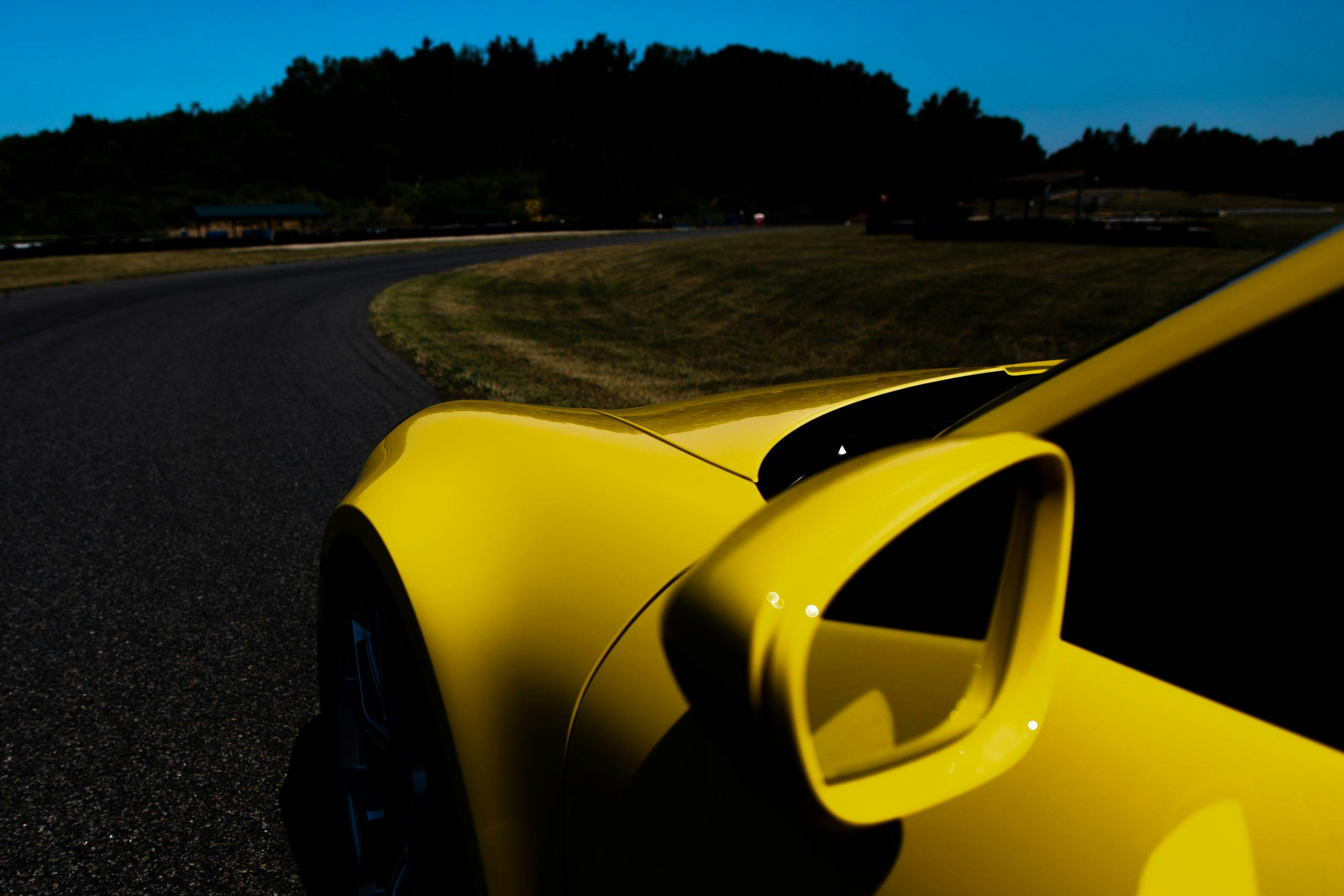
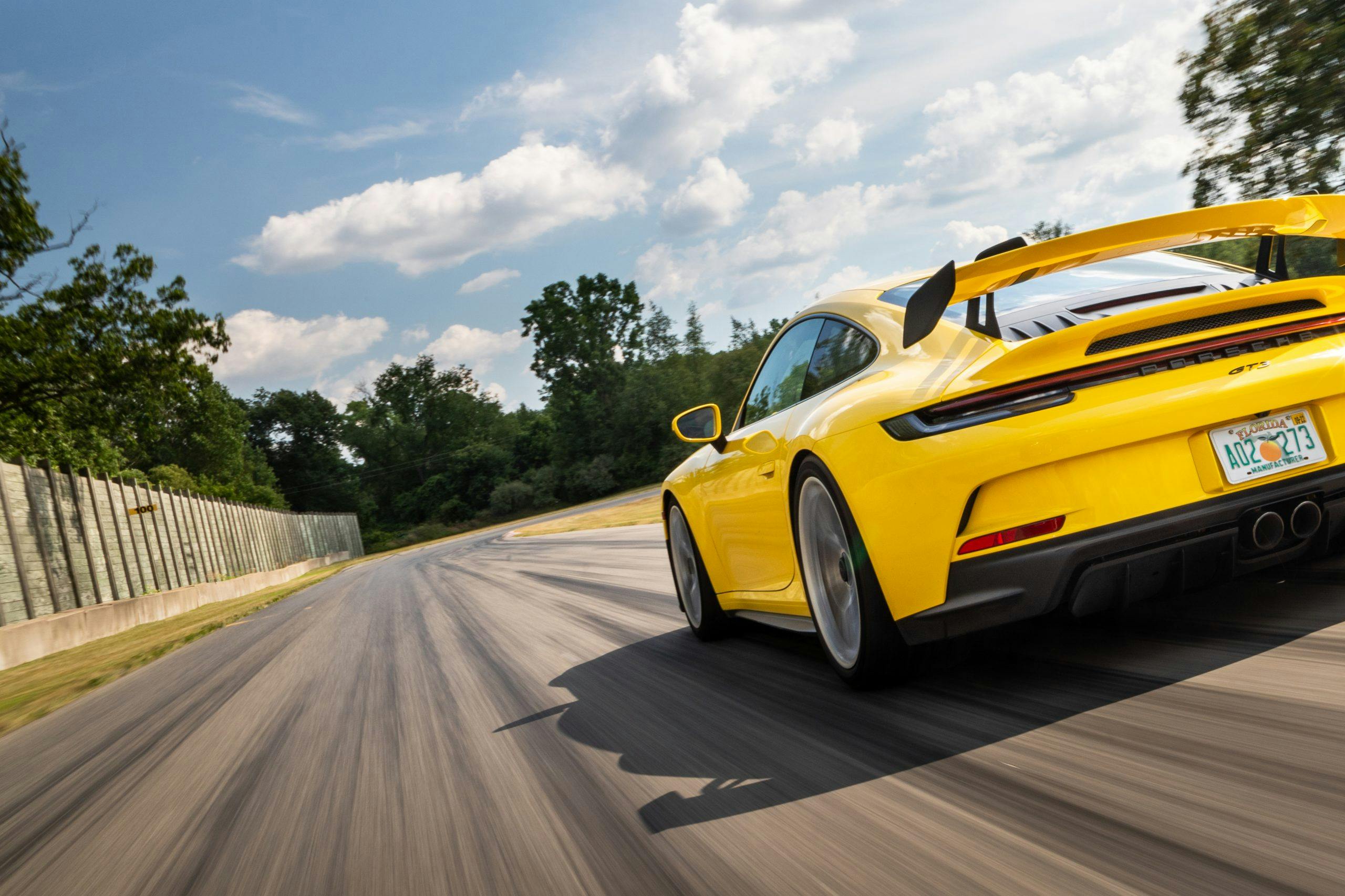

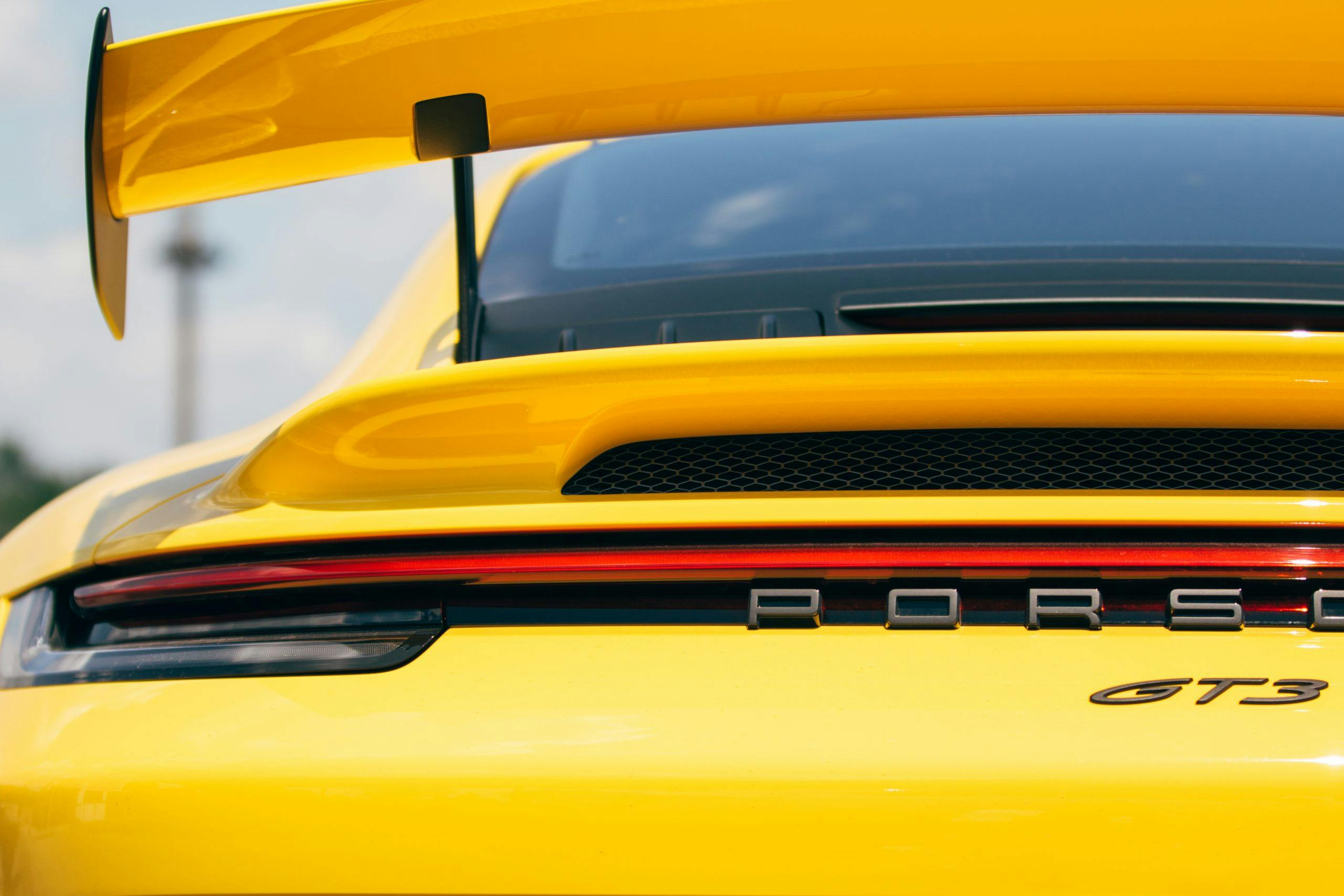
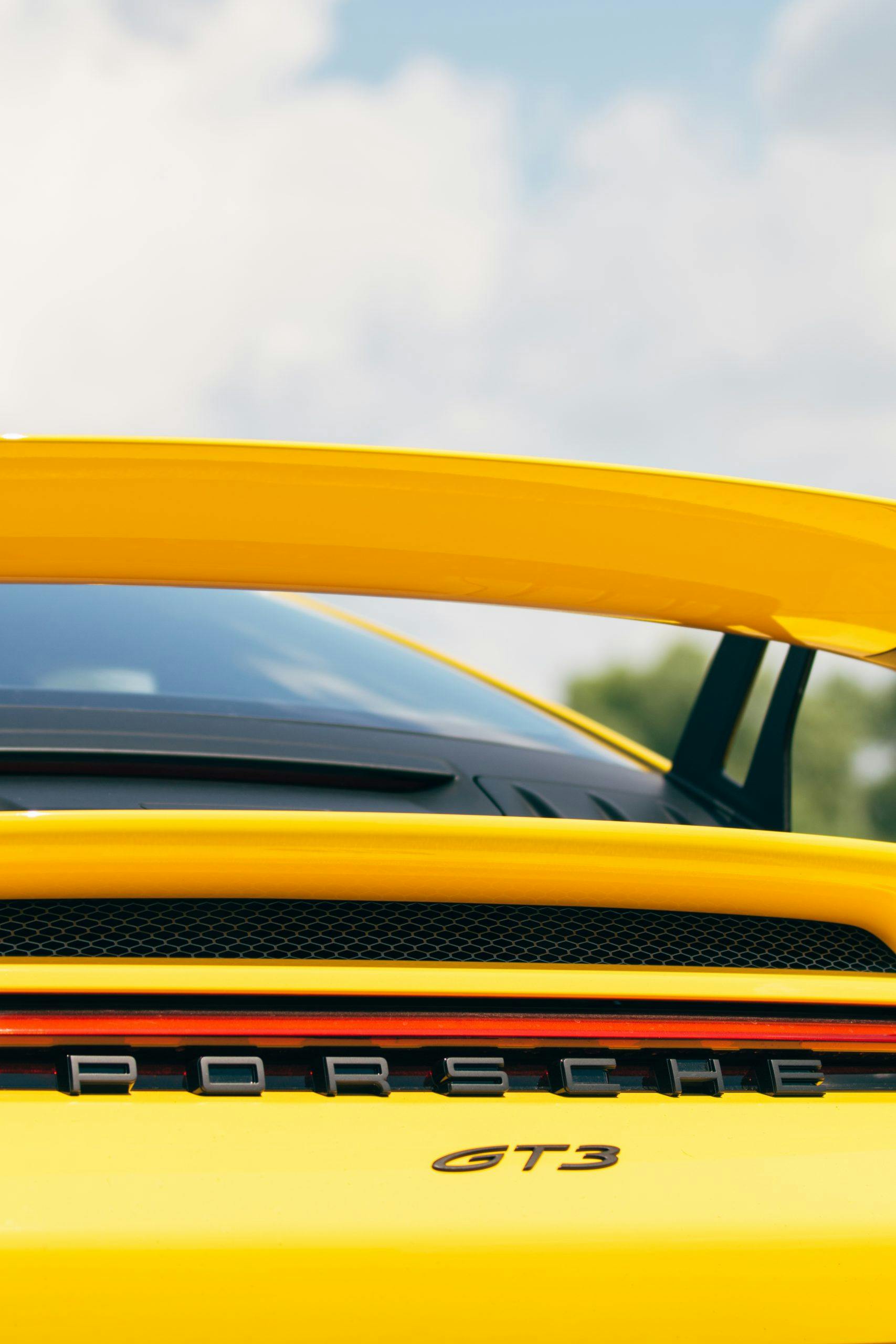

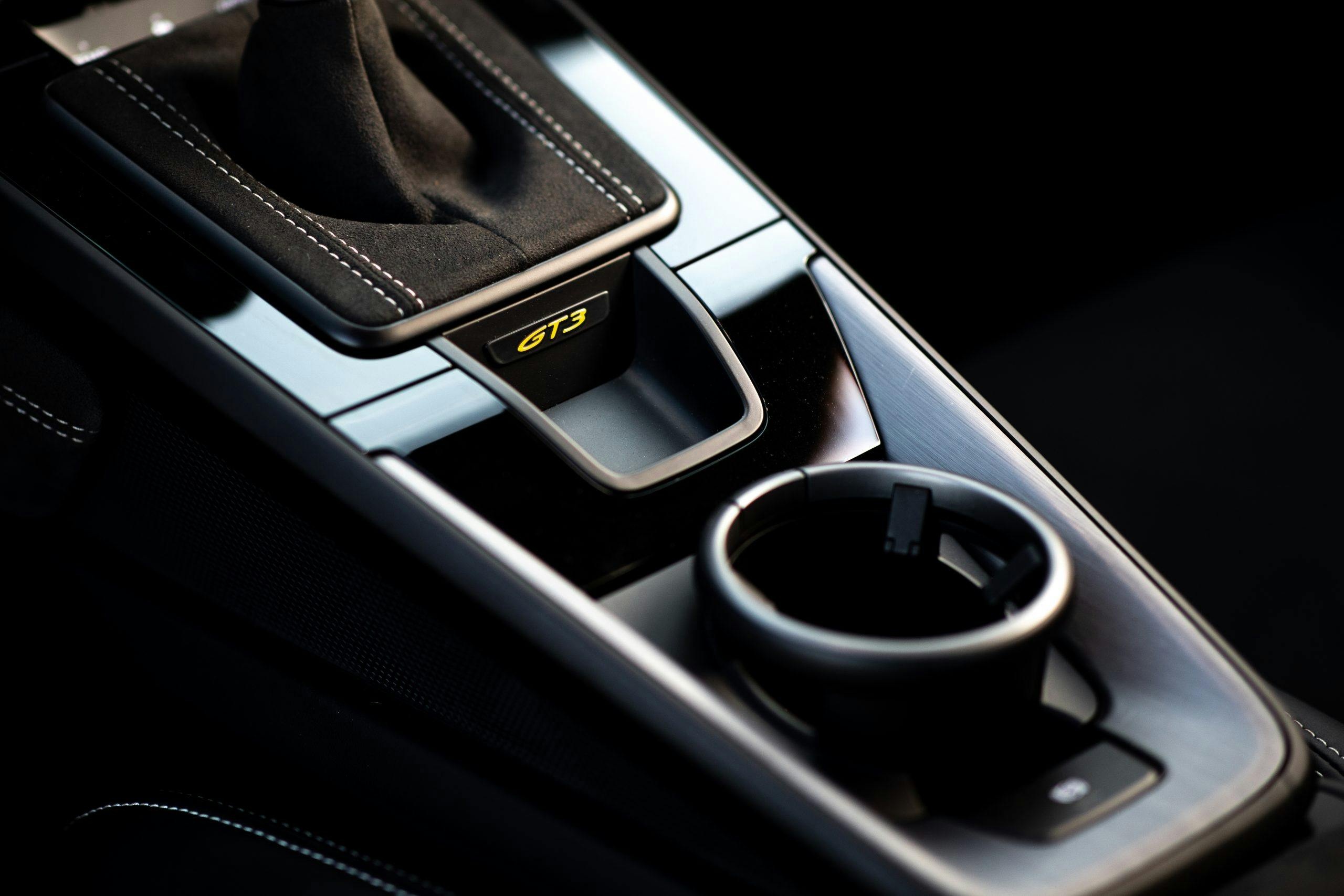

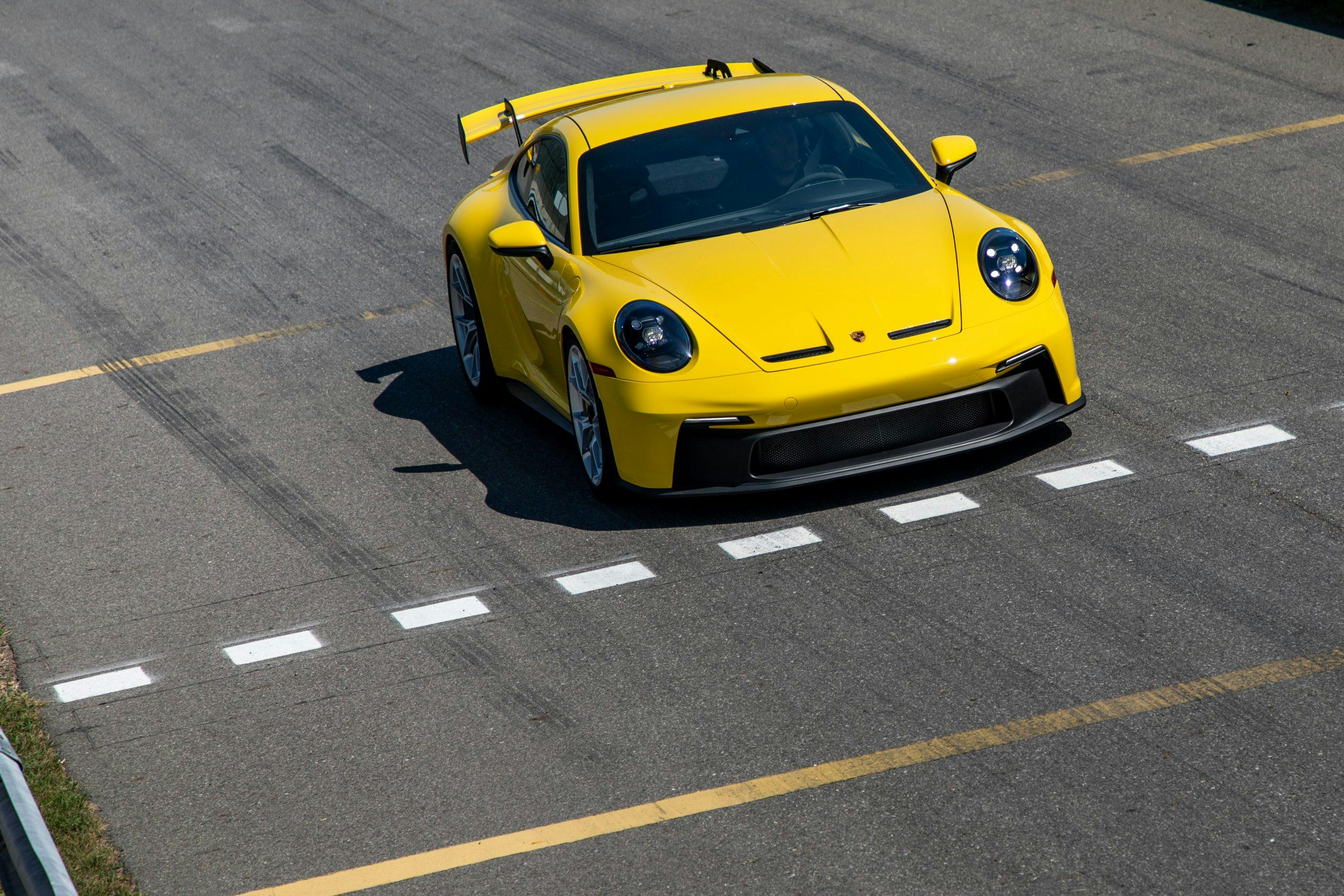
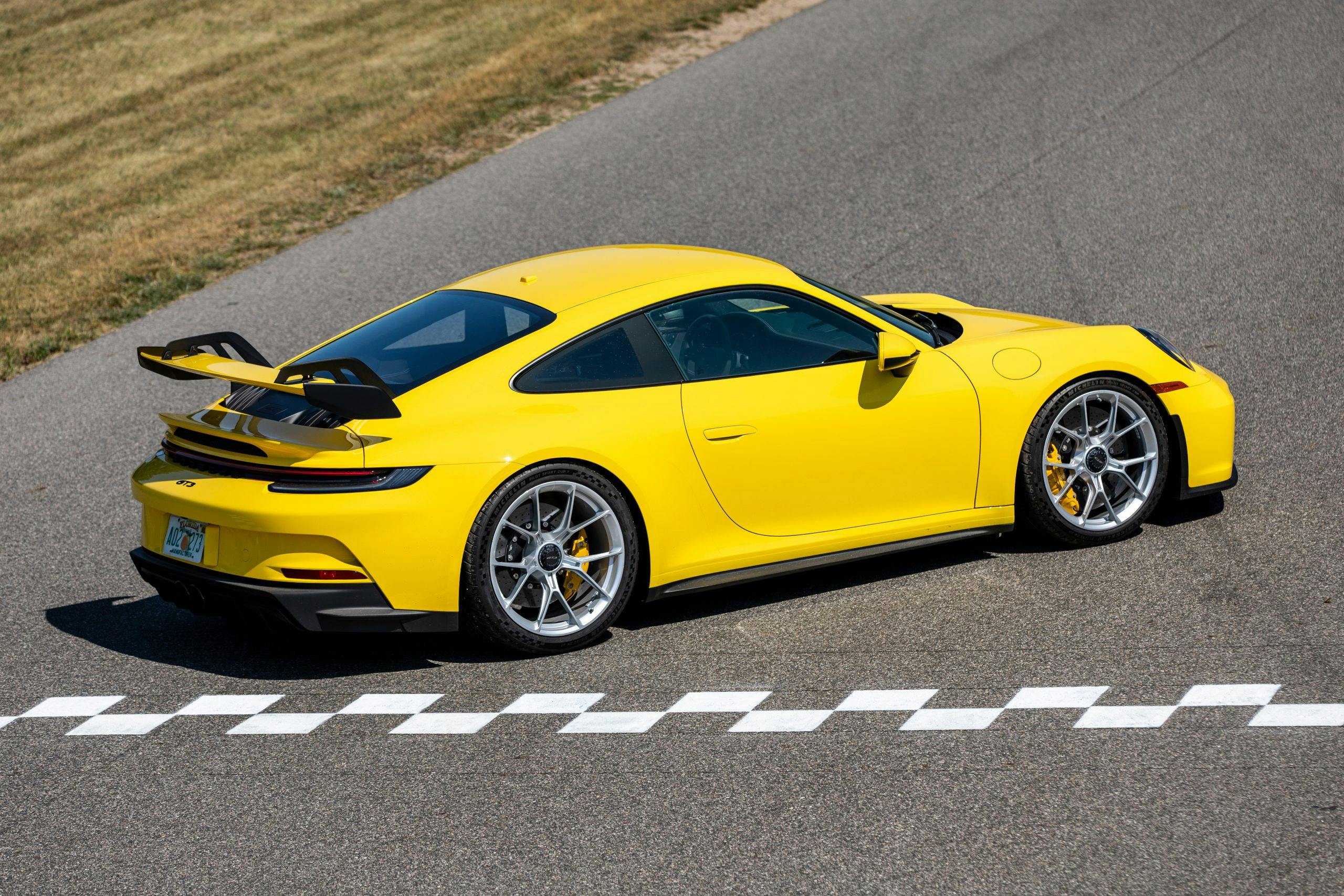
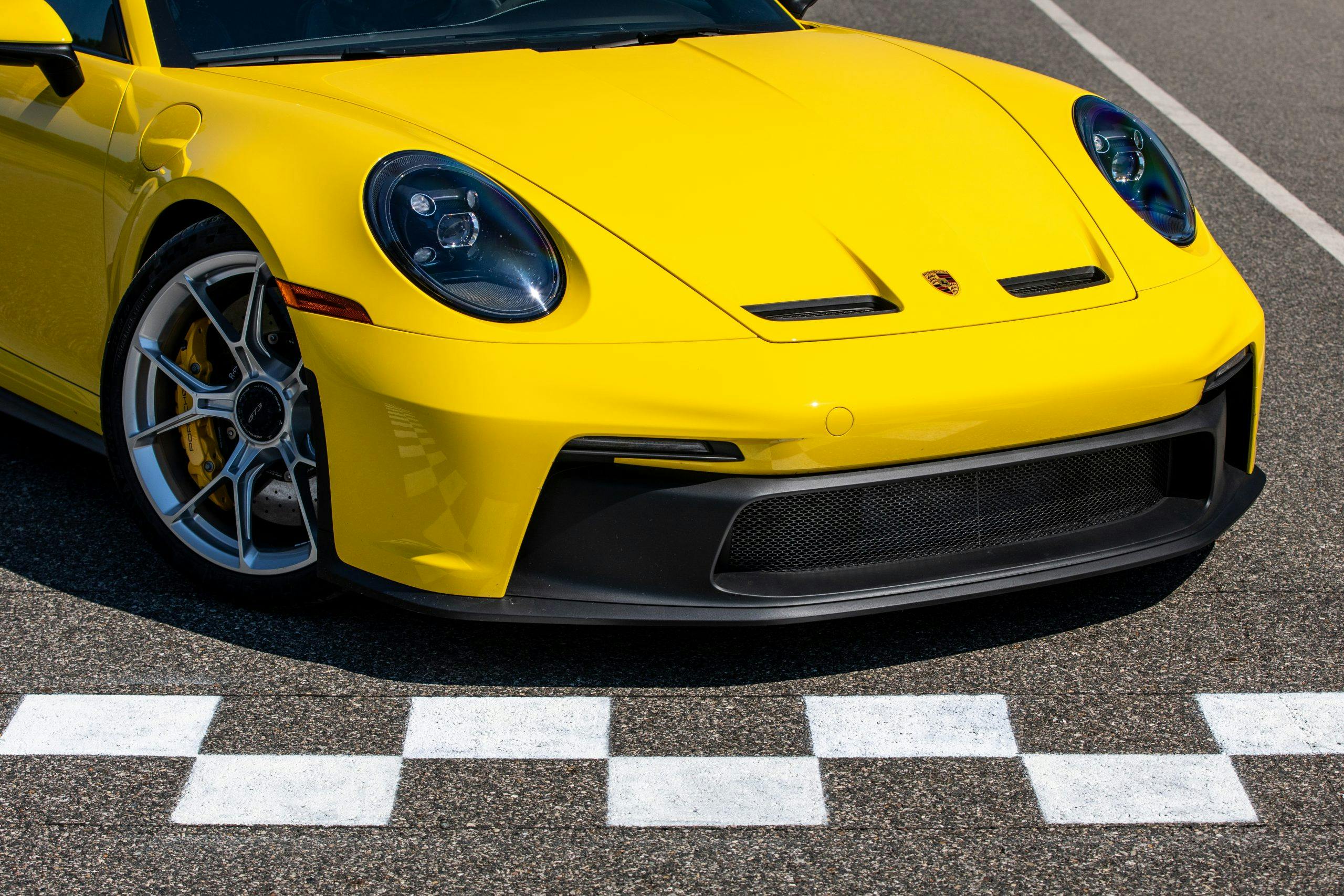

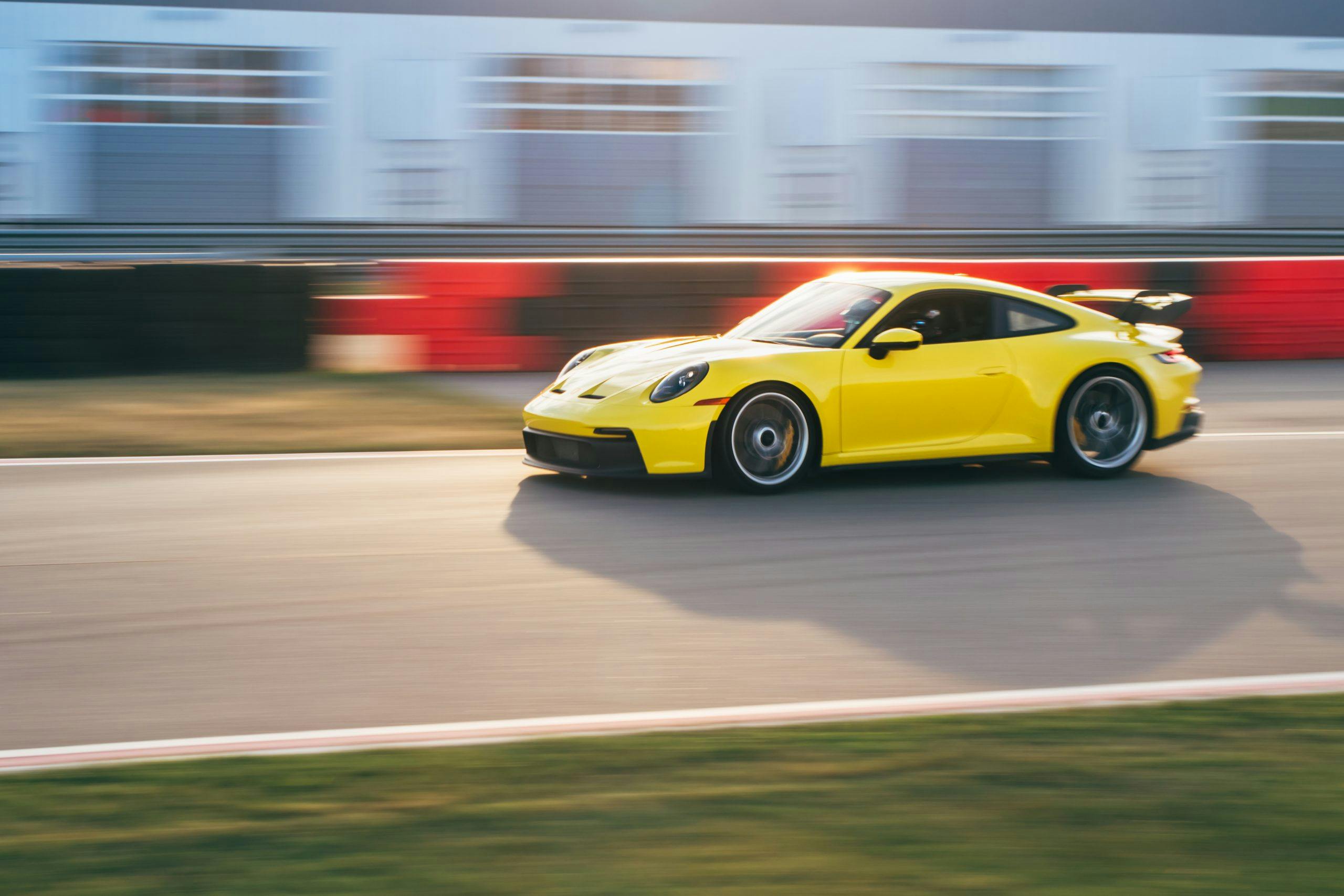

































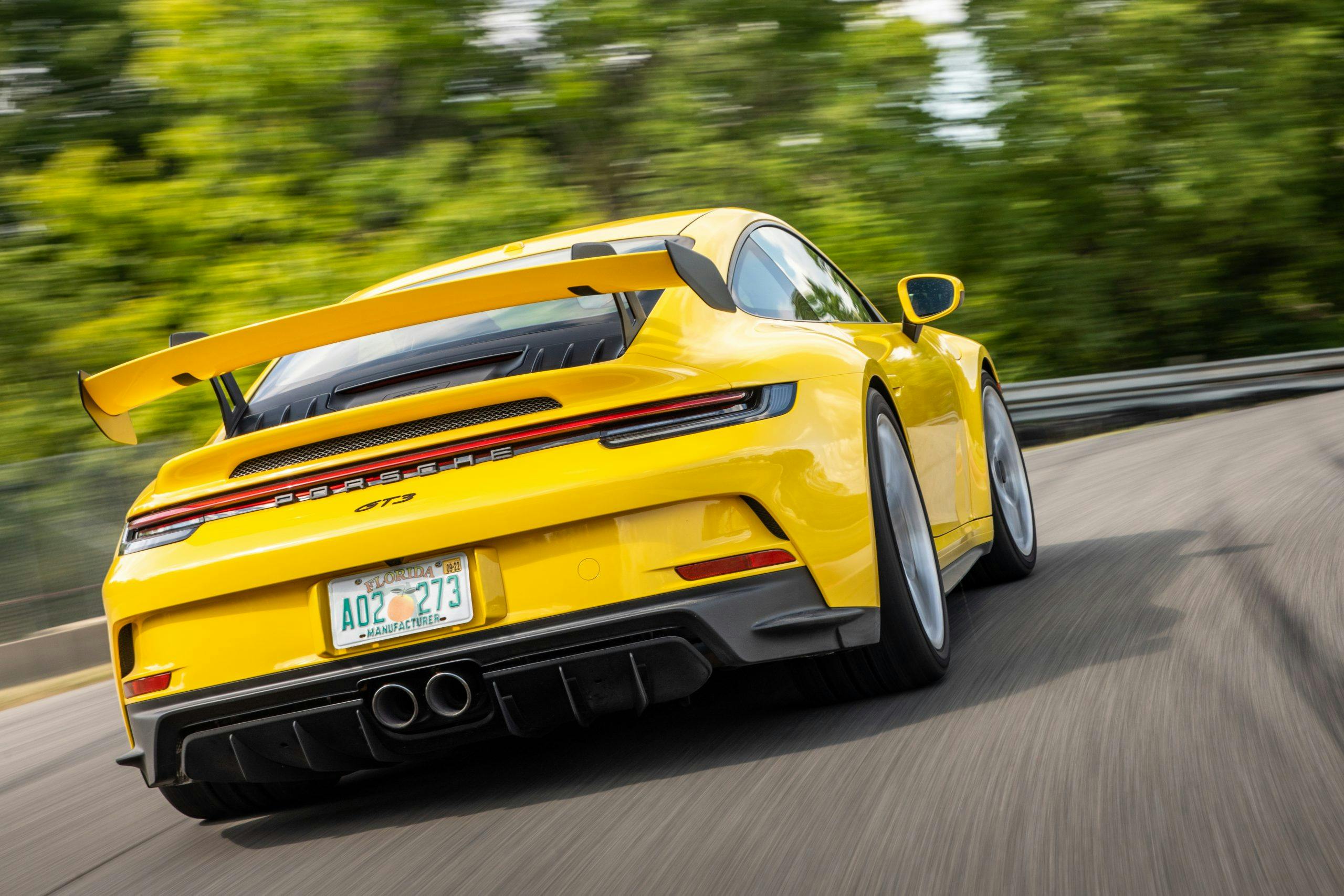
An amazing car that I feel will not be long for this world if the EV police have their way. Naturally aspirated and high revving is music to my ears.
Thanks and I will get every dream car and guess what my mom just got her a white CHRISLER 300 4 door so pretty but she was 65 years old so she thought it was broken its really crazy because you just had to make sure the on star 🌟 was off lough we had or good and bad but no matter what I will die for my mom. Offtop. She did really good with her 3 kids and she had a child good for every level in life for when her time come ALL 3 OF USE LOVE AMERICA 🇺🇸 ❤️ 💙 EVERY THING IT STAND FOR 🧍♂️ 💙 ❤️ AND WE LOVE OR HATTER